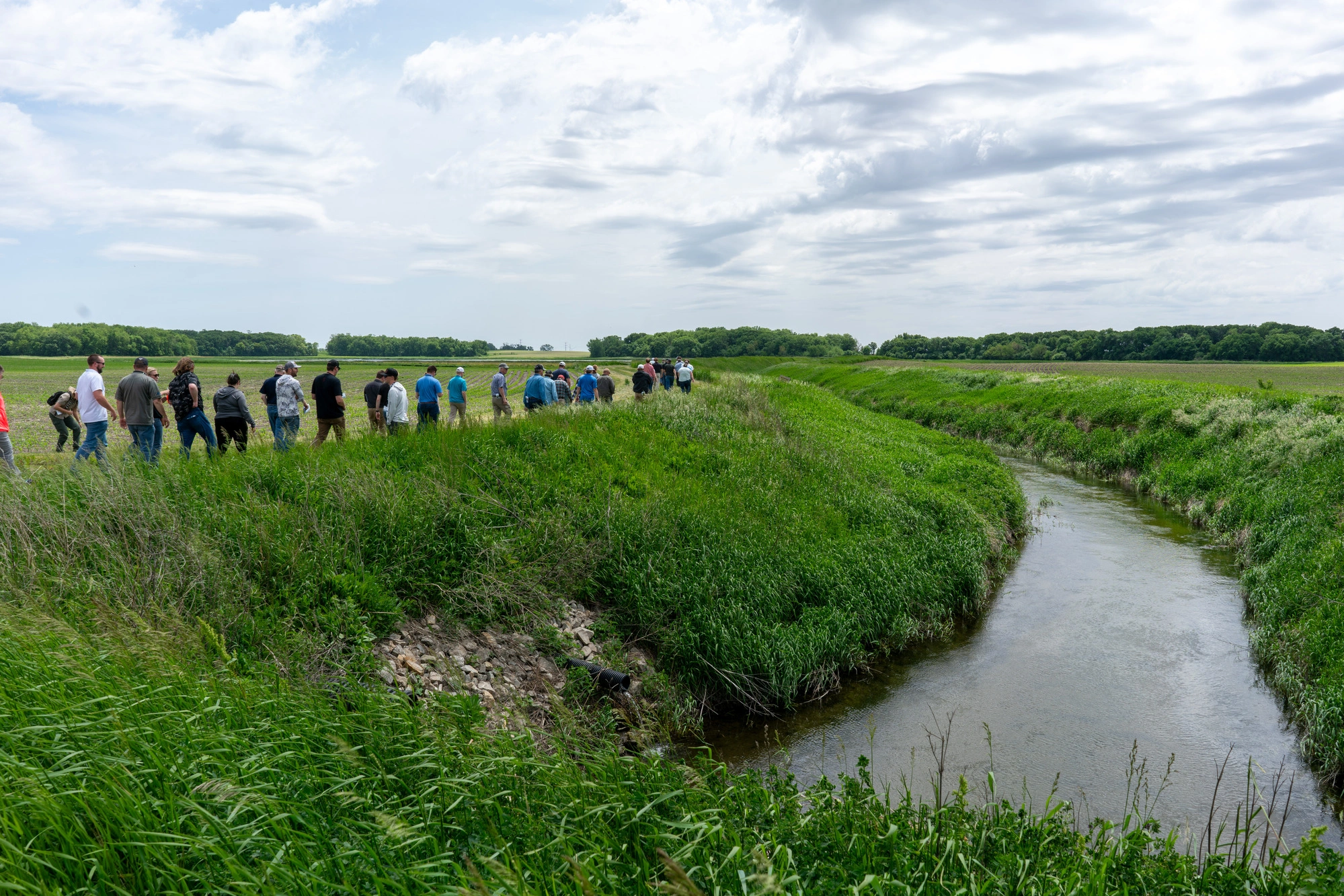Bring the Cows Home

In 1984, Time magazine came out with a scathing article warning the world of the dangers of high cholesterol diets. Bacon and eggs were made out to be the anti-health, and fatty, buttery meals were pushed to the backburner. That is until in another Time article in 2014 retracted the study, siting new research demonstrating that maybe fat isn’t the enemy, after all.
Since then, a new nutritional boogy-man has crawled out of American pantries and refrigerators: GMOs, long ingredient labels, and highly processed products. You’d be hard-pressed to find a grocery store without at least an aisle dedicated to whole and natural foods, and the dairy industry is one of the many markets that have had to adjust to shifting consumer trends. Nevertheless, changing product lines require adjustments to production lines as well. Building new facilities, renovating old ones, or tip-toeing around grandfathered building requirements may prove difficult for food manufacturers struggling to secure permits for future operations. It’s cumbersome, but not impossible.
Light’s Out Across the Food Industry

In order for low-fat and sugar-free dairy products to have the same familiar taste and consistency of those malow-and-whole-fat-graphicde with whole fat and sugar, Sucralose, Aspartame, and a long list of gums, starches, and gelatins are added. The result is sticker-shocked consumers apprehensive of the long labels showing up in their grocery aisle. That’s why many health conscious Americans are ditching light, fat free, and reduced cholesterol yogurts, cheeses, and milk for more traditional, whole fat products.
Enter American dairy producers. For many farmers and food manufacturers across the country, this puts product lines in an awkward position. Especially for those in the Midwest, as California’s once booming dairy industry continues to shrink amidst tightening EPA requirements and ongoing drought. Production in western states is down as much as 2.9% in California, meanwhile states like Michigan, Wisconsin, and South Dakota have seen surges in production at 7.6%, 4.4%, and 8.9%, respectively.*
Is Midwest Dairy Out to Pasture?
Companies are beginning to look back to the heartland of agriculture, attracted by the consistent growth and opportunity to capitalize on the whole-dairy market. However, while the opportunity is there for Great Plains producers, food manufacturers, and facility designers alike, it takes more than a pocket full of cash and a plot of land to kick off production in a new or retrofitted industrial facility. Dairy farms with headcounts over 2,000 have increased by nearly 35% over the last decade at a time when the “Chipotle Revolution” is promoting a social consumerism focused on supporting small, independent farming practices.* Because of this, public education, local business and industry ties, and of course local, state, and federal permitting can either catalyze or undercut construction plans.
Navigating the Agricultural Permitting Landscape
Thankfully, farmers, manufacturers, and landowners have options for bridging the gaps between the facility drawing board and marketplace. Defining the right design and planning partner with a pulse on the overall public perception and market environment surrounding ag operations will prove especially critical in the upcoming months.
Site selection guidance will be of utmost importance, in addition to the identification and creative resolution of permitting challenges that will allow facility owners to fully incorporate permit lead-times into overall construction schedules for new or renovated operations.
Together and with the right approach, producers and manufacturers have a real opportunity to bring dairy – whole fat and all – back home to the Midwest.
- Bozic, M., Dr. (2015, October 13). Dairy Situation and Outlook for 2016. Lecture presented at North Central Cheese Industry Association Annual Meeting, Rochester, MN. Includes graphic map and statistical sample.
Time article courtesy of Time.com.
Join the Conversation #ISGIndustrial #MidwestDairy
Related Articles

.webp)
ISG Recognized as a 2025–26 Emerging Professional Friendly Firm for the Fourth Consecutive Cycle
ISG has been honored as a 2025–26 Emerging Professional Friendly Firm by AIA chapters in North Dakota, South Dakota, Wisconsin, and Minnesota in recognition of its commitment to fair compensation, licensure support, mentorship, and growth for early-career architects.

.webp)
Capturing Value From Every Drop: Reflecting On The Drainage Water Recycling Economic Analysis Report
Explore how ISG’s economic analysis of drainage-water recycling reveals the value in every drop, from yield gains and cost savings for producers to nitrogen reduction benefits for downstream communities.











